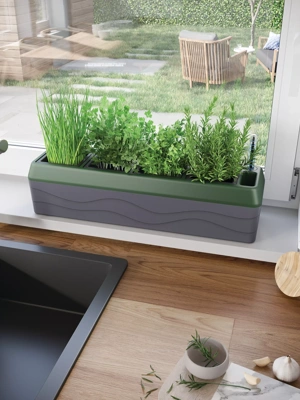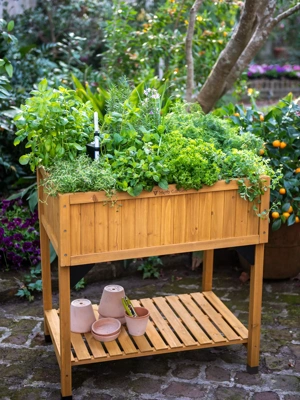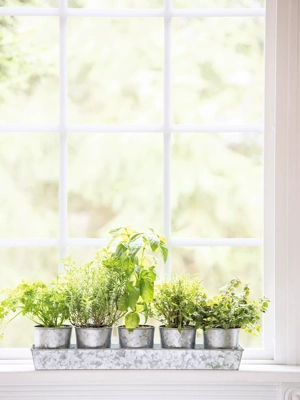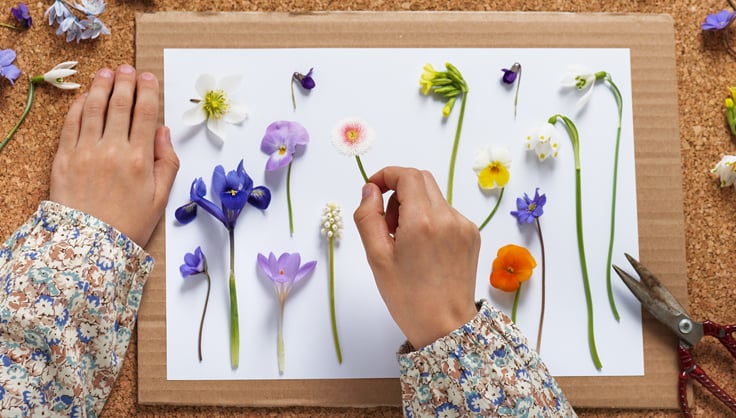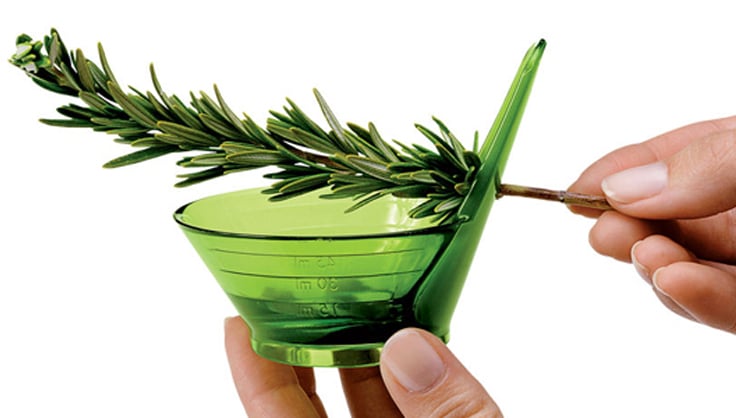Oregano
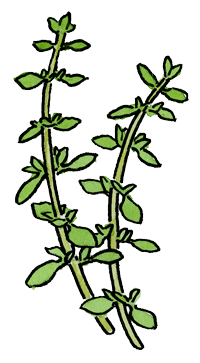
In serious pizza parlors, there are always shakers of oregano on the table. And even if there's no shaker around, you can be sure that the pizza maker used lots oregano in the sauce. A key ingredient in Greek as well as Italian cuisine, you'll find the best varieties are often identified as Greek oregano.
Although you can start oregano from seed it germinates well and grows easily it is not generally recommended because the intensity of flavor varies wildly from plant to plant. It is best to look for a small potted oregano plant and taste at the garden center. Be sure to have a nibble before you buy. That's right, go ahead and chew on a leaf before you buy it. If you wish to start oregano from seed, plant more than you'll need and taste the seedlings before deciding which ones to keep. The plants at the garden center have usually been propagated vegetatively so they will be clones of a tasty mother plant.
Oregano grows best in full sun in well-drained soil. Add some sand and compost to the soil at planting time, but not fertilizer. Originally from the Mediterranean, oregano does well in hot, dry locations and lean, rocky or sandy soil.
Oregano is a perennial plant; it's hardy to zone 4 plant, though some gardeners say it's only hardy to zone 5. If you are in zone 4 and will be planting your oregano in a raised bed, plant it toward the middle of the box rather than at the outside edge so the roots get as much protection from cold as possible.
The flavor of oregano is strongest when you harvest the leaves just after the flower buds have formed but are not yet opened. Oddly, oregano has a stronger flavor dry than fresh. Unlike many herbs, it is better to add it to your sauce just moments before serving rather than hours before its spicy flavor is somewhat ephemeral, disappearing if you simmer it too long.
Oregano self sows readily, and gradually expands to form big clumps. If you let the plants go to flower, weed out any that have pink or purple flowers; the white-flowered varieties have the best flavor. With care and pruning this plant needs no more than a square foot of space, but it loves to sprawl. Planted in a bed with blueberries or other perennial shrubs it makes an attractive, edible groundcover.
Last updated: 01/23/2021
Print this Article:
Related items
Related Articles
Get the Dirt
Stay up to date on new articles and advice. Please fill out the information below.


